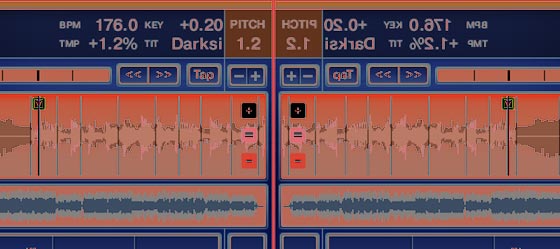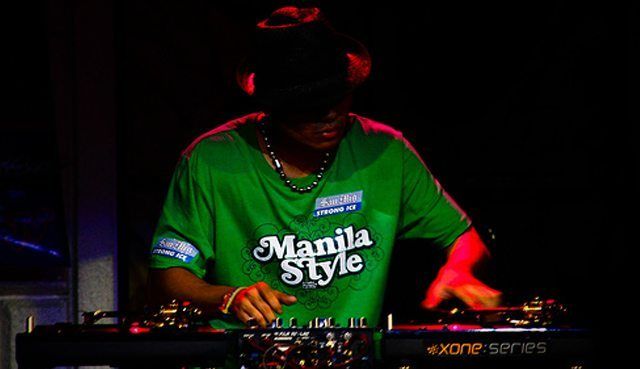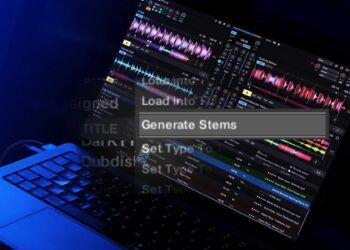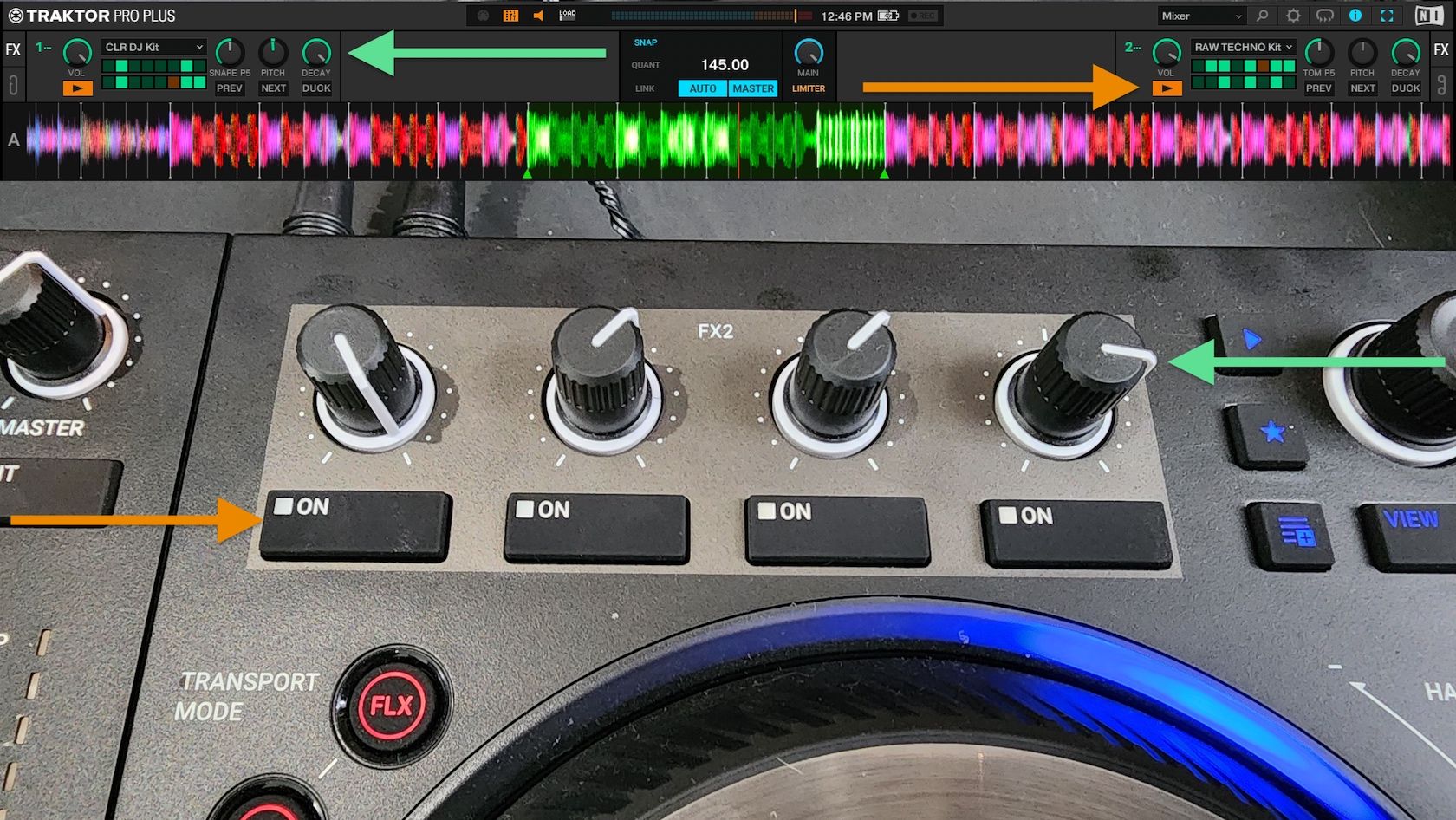About a year ago, I suggested a feature to the Traktor team which they quickly implemented, much to my excitement. My suggestion was instant deck duplication, to and from any deck. Even though this is great for the obvious application of freeing up a deck, it has also turned out to be good for many other creative uses. Lately I have been getting into juggling opposing copies of the same track with different treatments and cue points tricks. Let’s walk through 5 fundamental techniques and then roll them into one routine:

Watch this video and follow along below:
Technique 1: Phasing Doubles
This one was demonstrated in detail on the video below a few weeks back. It’s simple:
- Start any track
- Set a cue point on the down beat
- Then use deck duplicate to copy the other track over in time (click and drag the track or use your MIDI controller) This duplicates the track and the last cue point.
- Now use the play button to restart both songs at the same point – since you will be slightly off every time, they will always phase in interesting ways.
2) Beat Repeat
This is an old turntablist trick which builds on Technique #1. Once you have both songs in time, you off set the second deck behind the first by a half a beat. Then use the crossfader to switch back and forth, creating a fill effect. This can be accomplished two ways:
- Old School: Restart the song a half a beat after the first
- Digital Ease: Use “beat jump” – back 1/2 beat (or whatever you like) to offset the 2nd track
3) Snare Fill
You can drop and set a temporary cue point anywhere in a song. In Technique #1 we set a cue on the downbeat and then duplicated it to both tracks. Do then same thing here, except drop a cue point in the 2nd deck on a snare or fill. Now this is your fill track and you can rhythmically cut it in over the first deck without ever losing the master rhythm.
4) Drum Solo
Now that you have access to a kick on the left and a snare on the right, you can use the pause buttons of each deck to sample those sounds and drum away to your heart’s content. The pause lets your use space and timing to create more musical voicing than just re-triggering the start point.
5) Half Time Fill
Instead of using the right deck to create fills using a cue point dropped on a snare. We are going to rhythmically drop cue points and re-sample them in time to essentially cut the entire rhythm in half. Then after 2 counts drop it back into the left deck and never miss a beat.
I spent all of 10 minutes working out that routine in the video, so take these techniques, make them your own and upload a better video that blows my stuff away!










